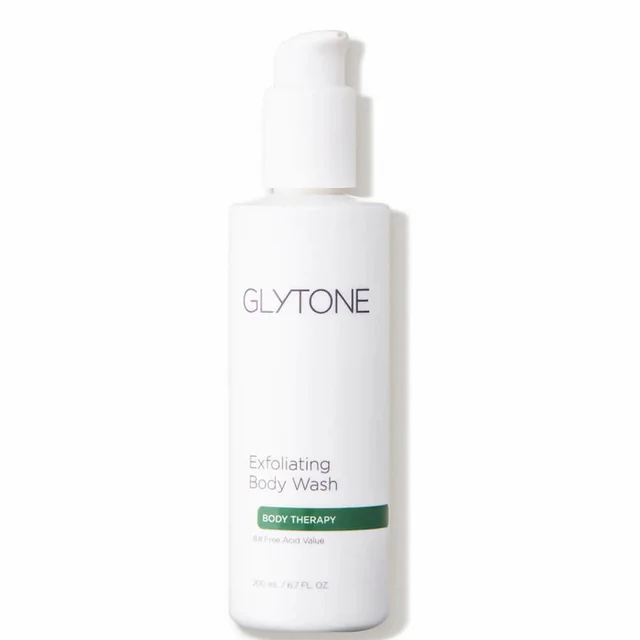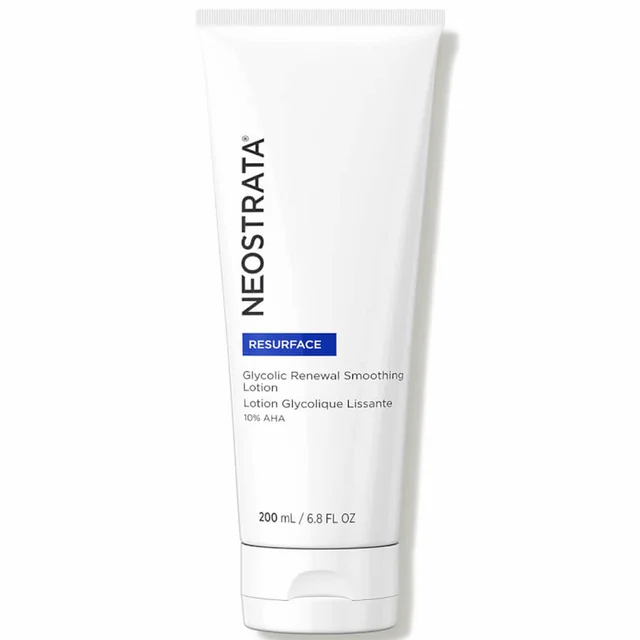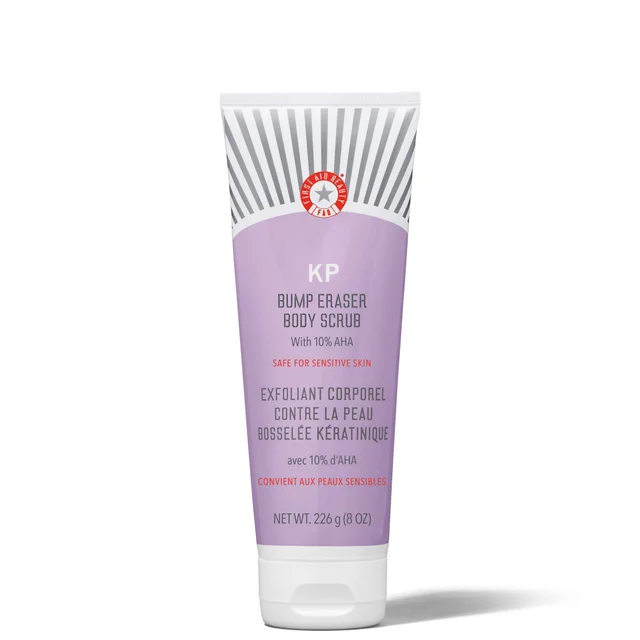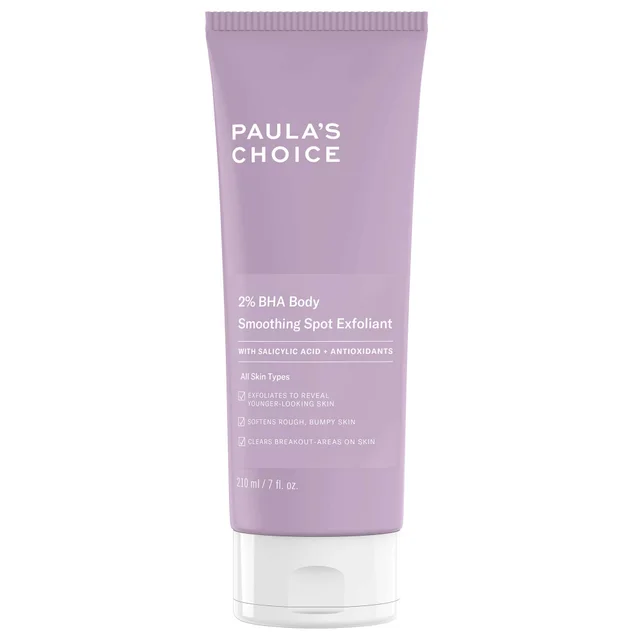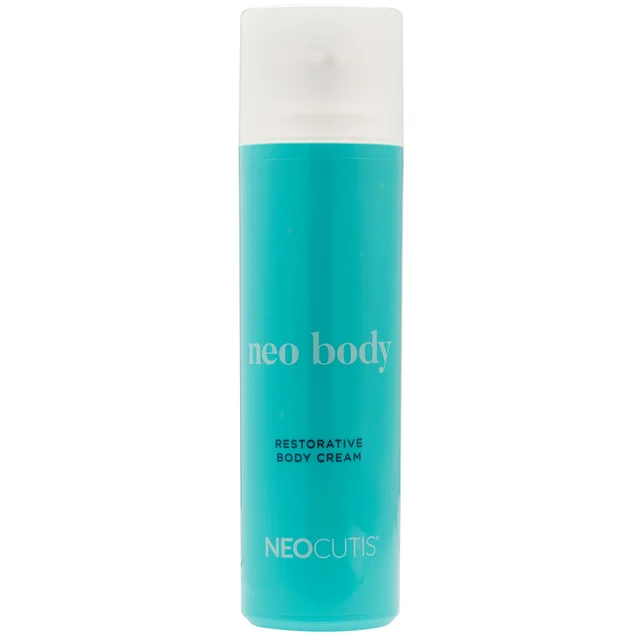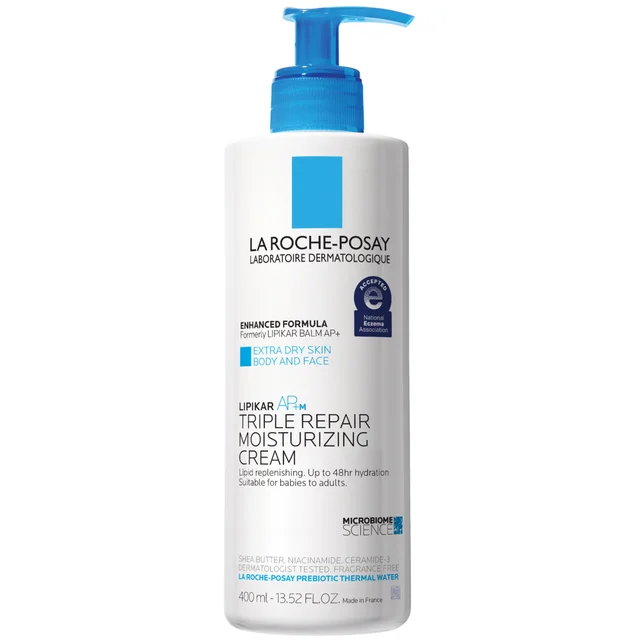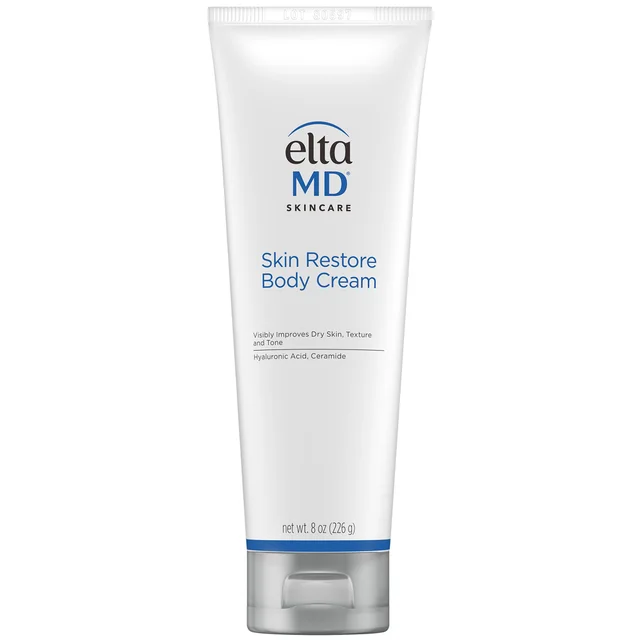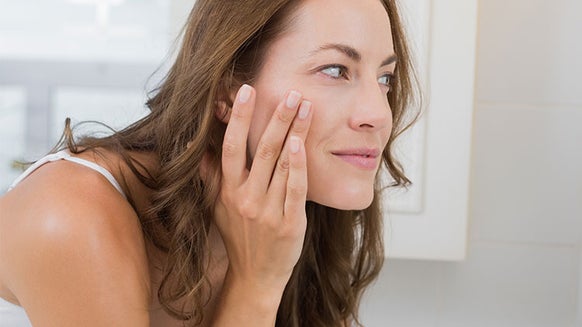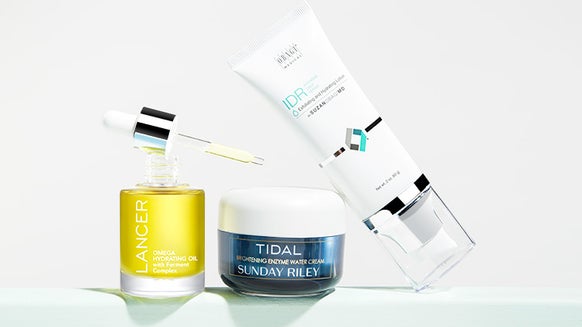Treating Keratosis Pilaris for Smooth Summer Skin
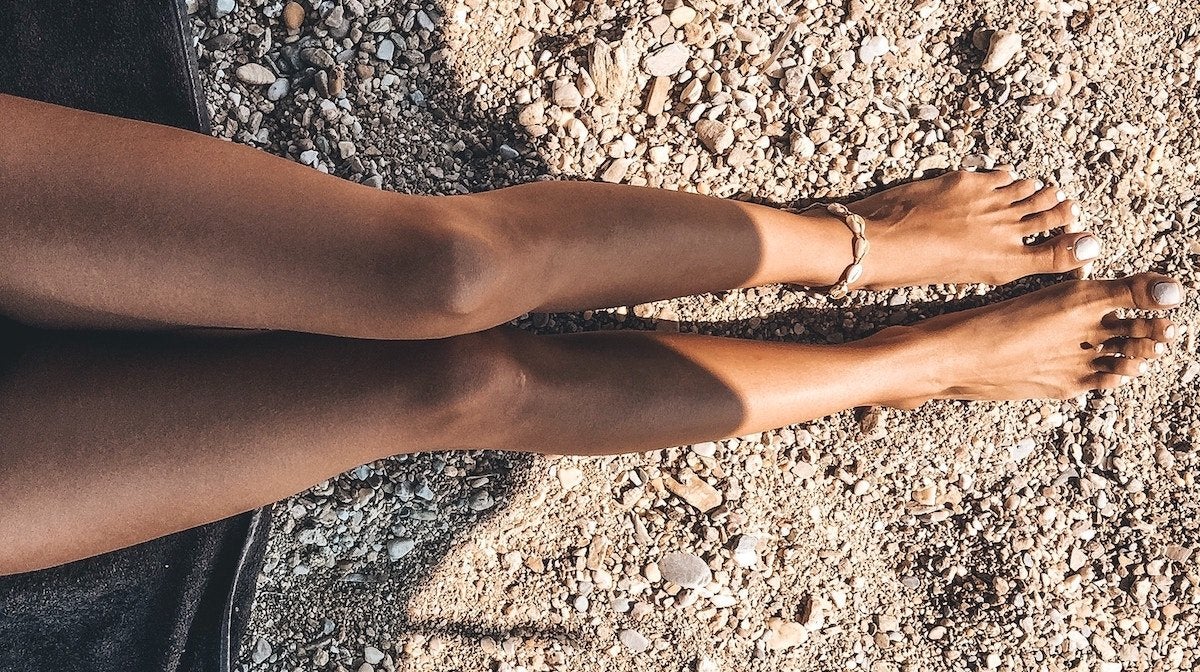
From shorts and sundresses to swimsuits and tank tops, summer is synonymous with skin. Seasonal heat and humidity make wearing as little as possible a necessity, Fashion notwithstanding. But if your skin texture is leaving you wishing for cooler months, summer can be uncomfortable for reasons other than scorching temperatures.
Presenting as patches of small, dry and sometimes itchy bumps, keratosis pilaris is a common skin concern that affects around 40% of people at some point in their adult life. Found in places like the upper arm, thigh and bottom, these harmless speckled bumps (sometimes known as chicken skin) cause no concern among health professionals and dermatologists. However, they can create a level of discomfort and frustration for the individual.
There are many ways in which keratosis pilaris can be calmed, controlled and treated within the comfort of your own home.
What is Keratosis Pilaris?
Characterized by small (red or flesh-colored) bumps that may or may not itch, keratosis pilaris (KP) is a skin condition in which the hair follicles have become blocked by a build-up of keratin (a substance found naturally in the hair, skin and nails).
For some, these bumps may resemble goosebumps and might be small in nature. For others, KP may appear as larger, pimple-like lumps. They are often a similar color to your skin tone but may look red, white or brown.
Although a benign dermal condition, KP can cause the skin to feel dry, and in some cases, uncomfortable, itchy and inflamed, making the bumps bothersome for some more than others.
What Causes Keratosis Pilaris?
As mentioned, KP is caused by the congestion of dead skin cells and a build-up of keratin found in the hair follicles. On our bodies, we have thousands of hair follicles (pores) and when lots of follicles become blocked, we see and feel the rough, stippled skin associated with keratosis pilaris.
It is believed that there are some other contributing factors that may also increase your chance of having KP. These include a close family member having it, if you have a pre-existing dry skin condition such as eczema, or if you suffer with hay fever or asthma.
How to Treat Keratosis Pilaris
Luckily, there are a plethora of products that help soothe and control visible concerns related to keratosis pilaris.
Treating Keratosis Pilaris at Home
You can implement two key steps into your body care regime to help with KP. The first is to choose an exfoliating or resurfacing active to remove the dead skin and decongest the pores. Below are some dermatologist-backed ingredients to try:
Famed for their skin-buffing benefits,
Some of our top picks include the glycolic acid-rich Glytone Exfoliating Body Wash, Neostrata Glycolic Renewal Smoothing Lotion, lactic acid-infused AMELIORATE Transforming Body Lotion and the mighty First Aid Beauty KP Bump Eraser Body Scrub with 10% AHA.
BHAsare powerful pore-clearing acids that dig deep to remove build-up and debris on the skin while helping to clarify, smooth and calm redness. A common BHA found in many exfoliating formulas is Salicylic Acid, an organic compound that is championed by skin care professionals across the board.
A few of our favorite formulas we recommend for KP are Paula's Choice RESIST Weightless Body Treatment 2 Percent BHA and Neocutis Body Rejuvenating Cream.
The next step leading dermatologists recommend is applying a rich moisturizing cream after showering while the skin is still damp. This should then be applied 2-3 times throughout the day to soothe sensations of dryness and itchiness.
Nourishing body lotions like the La Roche-Posay Lipikar Balm AP+ Body Cream for Extra Dry Skin and EltaMD Moisture-Rich Body Creme are good choices.
When to See a Dermatologist
If the above steps are not helping to treat KP or if your skin is becoming increasingly itchy and inflamed, it might be time to speak with a dermatologist. Although keratosis pilaris can go away by itself over time or even faster with the help of actives, if the effects are persistent, a specialist may be able to prescribe a more powerful treatment. When speaking with a specialist, always follow their advice and do not over-apply or continue use if further irritation ensues.
Shop more of our keratosis pilaris treatments here.

From the latest hair and makeup trends to the best solutions for your skin issues, we've got all your beauty concerns covered!
Related Posts

If You Care About Your Health, You Should Care About Your Skin—Here’s Why

